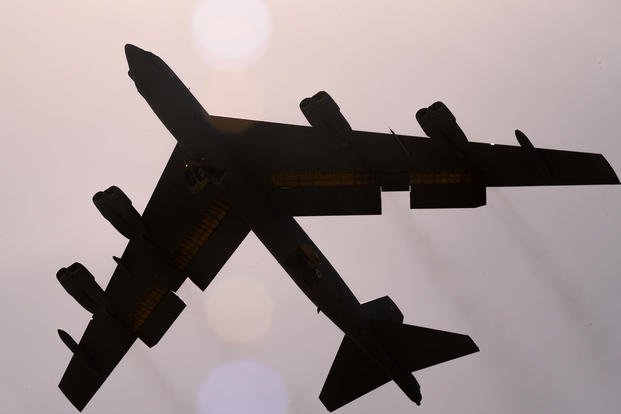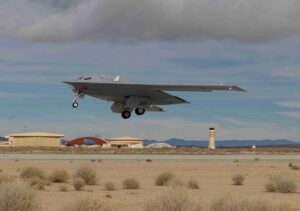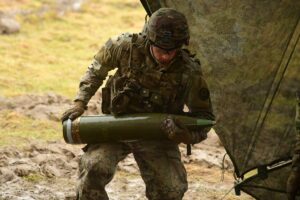On a fateful day 64 years ago, North Carolina narrowly escaped a catastrophe that could have changed history. As a military aircraft disintegrated mid-air, two nuclear bombs descended towards the earth, threatening a disaster of unimaginable proportions.
North Carolina’s Close Call with Nuclear Disaster
The incident unfolded on January 24, 1961, when a military plane carrying nuclear weapons exploded over a rural area, resulting in the tragic loss of three lives. The bombs, which were on the verge of detonating, fell towards the ground, according to state historians.
Billy Reeves, who was a teenager at the time, recalled the terrifying scene to National Geographic. Witnessing the plane crash near his farmhouse, he described the chaos: “Everything around here was on fire,” Reeves said in 2021. “The grass was burning. Big Daddy’s Road over there was melting. My mother was praying. She thought it was the End of Times.”
The aircraft, a B-52G Stratofortress bomber, had crashed approximately 10 miles from Goldsboro, southeast of Raleigh, as reported by the N.C. Department of Natural and Cultural Resources and the U.S. Air Force. This type of bomber was routinely airborne during the Cold War as part of U.S. policy to maintain readiness for potential conflict with the Soviet Union.
During its approach to Seymour Johnson Air Force Base, the plane exploded, releasing its nuclear payload. One bomb descended with its parachute and was largely intact upon landing. In contrast, the other bomb’s parachute malfunctioned, causing it to disintegrate upon impact after striking a muddy field at over 700 mph.
State historians noted, “Seven of the eight arming, fusing and firing switches and devices in one bomb automatically activated.” The prevention of a nuclear detonation rested solely on a crew-controlled switch that remained inactive.
The bomb that impacted the field contained uranium and was heavy enough to become partially submerged. Efforts to recover it were impeded, leading the Air Force to secure the surrounding land. Reports indicate that there is “no detectable radiation or hazard in or around the area.”
Had the bomb detonated, experts believe it was capable of obliterating homes within a five-mile radius and causing severe burns and fires as far as nine miles away, according to state historians.
© 2025 The News Tribune (Tacoma, Wash.). Visit www.TheNewsTribune.com. Distributed by Tribune Content Agency, LLC.
© Copyright 2025 The News Tribune, Tacoma, Wash.. All rights reserved. This material may not be published, broadcast, rewritten or redistributed.










